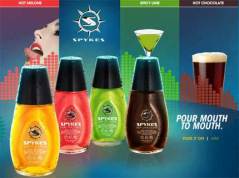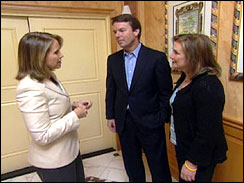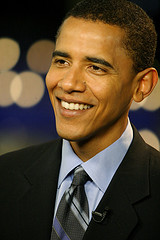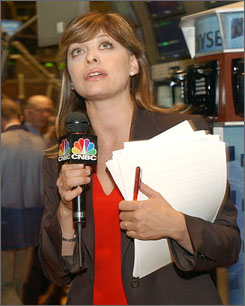One of the major aspects in the PRSA’s code of ethics is advocacy to clients. But what if your ethics or your morals went against the corporation? I read an article today in USA Today about a new report released by the American Psychological Association regarding oversexualization of children. The article specifically targets Bratz Dolls because of the dolls’ clothing, pouty looks and inferred sexuality.  Isaac Larian, CEO of Bratz doll manufacturer, MGA Entertainment, was quoted in the Pittsburgh Post Gazette as saying:
Isaac Larian, CEO of Bratz doll manufacturer, MGA Entertainment, was quoted in the Pittsburgh Post Gazette as saying:
“Unfortunately, it is the polluted mind of some adults who ‘see sex’ in everything. If you ask the kids [and we have] what do they think of Bratz, they will tell you they are beautiful, inspirational and multiethnic,” Larian said.“Bratz dolls show the society and the girls and their parents the positive messages of: ‘It’s O.K. to be multicultural and multiethnic in this world’ [and] ‘it’s O.K. to be able to express yourself and have self-confidence as a girl.’ “
Now those are some PR key messages! But what if you were the PR professional in charge? Would you be able to advise Larian on what to say, even if you didn’t agree?
As a proud aunt (or “Nini”) to two beautiful nieces, I can honestly say I would have a problem working with this corporation. Chatrooms and message boards are full of angry parents bashing Bratz and their oversexual nature. A couple of news stations have reported stories about the Bratz dolls wearing thong underwear and what MGA Entertainment calls a “manufacturing error.”
So where does a PR professional draw the line? Bratz dolls are marketed to preschoolers, as well as “tweens.” Would you be able to develop a campaign to sell a product you didn’t support? This isn’t exactly PR ethics as it is a PR professional’s morals but it is a problem that arises when working with clients.
Advocacy and loyalty are extremely important in public relations. But if you have personal issues with the client’s objectives, could you honestly perform at your best to meet those goals? Is it ethically sound to work with a corporation you believe is wrong? Will your beliefs affect your work? It’s a question I can’t answer right now. I guess, like everything else in PR ethics… it depends.





 Blogger
Blogger  Isaac Larian, CEO of Bratz doll manufacturer, MGA Entertainment, was quoted in the
Isaac Larian, CEO of Bratz doll manufacturer, MGA Entertainment, was quoted in the